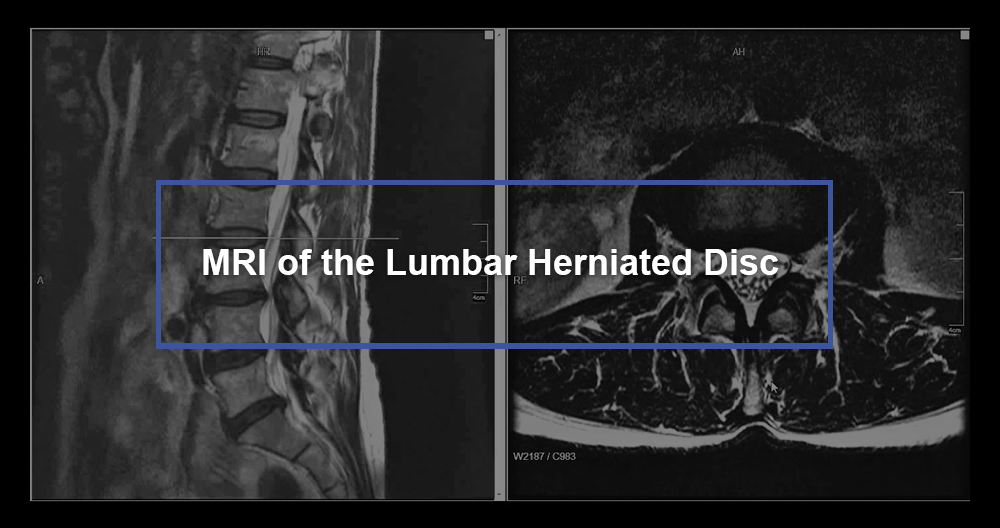In today's world, the approach to pain management has evolved far past the conventional reliance on pharmaceutical painkillers. While medication for pain have their role, many individuals are now looking for alternative therapies to tackle their suffering more wholistically. Grasping the intricacies of pain, including its sharp and chronic forms, is essential in exploring a multitude of efficacious treatment options that can improve quality of life.
This all-encompassing guide aims to examine the numerous methods and therapies available for pain management. From the science behind why we feel pain to informative perspectives on therapies such as physical therapy, spinal manipulation, and acupuncture, we will shed light on how these approaches can function alongside or apart from medications. By uncovering the best therapies that genuinely provide relief, we can help individuals make educated decisions on their pain management journey and find methods that promote healing without the over-reliance on medications.
Grasping Pain Control
Discomfort control is a thorough method to treating plus relieving pain, aiming to enhance a patient's quality of life. It includes a variety of therapies plus techniques that tackle the root causes plus symptoms of pain. Understanding pain management starts with acknowledging that pain can appear in different forms, such as acute or chronic, with each requiring individualized approaches. Acute pain is often short-lived and associated with injury or surgery, while chronic pain can persist for several months or even years, resulting in significant physical plus emotional distress.
The different types of pain demand specific management strategies. Effective pain management factors in not just the physical aspect of pain and also psychological, social, plus environmental factors that add to in a person's suffering. Pain management clinics deliver specialized services, including assessments and individualized plans that combine medical, physical, and psychological interventions. These clinics have become essential locations in guiding patients through their pain management experience, offering support plus resources for different pain-related conditions.
In the last few years, the science behind pain has evolved, resulting to a better understanding of how we perceive pain plus the mechanisms involved in pain perception. This knowledge facilitates the creation of innovative therapies and treatments that extend past traditional medications. By considering alternative therapies, patients can discover effective pain relief without depending exclusively on opioids and other painkillers. Combining alternative options such as physical therapy, chiropractic care, acupuncture, plus mindfulness can lead to multi-faceted pain management plans that address the individual needs plus preferences of each patient.
Alternative Therapies for Discomfort Relief
Complementary treatments have gained popularity in recent years as successful ways to tackle pain without relying solely on medication. Techniques such as acupunctural therapy, chiropractic care, and massage therapy offer holistic approaches to discomfort management. Acupuncture, an traditional Eastern practice, focuses on stimulating specific locations on the body to help increase natural painkillers and alleviate discomfort. Chiropractic treatment emphasizes the relationship between the back and the nervous system, using manipulations to restore balance and enhance overall function. These treatments not only address physical symptoms but also foster a sense of wellness, making them valuable additions to pain management strategies.
In addition to this to acupunctural therapy and chiropractic care, bodywork has been shown helpful for many people suffering from discomfort. Through different techniques, such as deep-tissue or Swedish bodywork, practitioners can help reduce muscle tightness, improve circulation, and enhance relaxation. This, in return, contributes to reducing discomfort levels and enhancing mobility. The benefits of bodywork are particularly notable in conditions such as chronic fatigue syndrome and persistent back pain, providing a gentle option for relief that complements traditional medical treatments.
A further alternative treatment gaining traction is the use of mindfulness techniques and meditative practices. These techniques concentrate on teaching the mind to control pain perception and reduce stress, which can exacerbate pain symptoms. Mindfulness-based stress reduction programs and guided meditation sessions have shown encouraging results in helping people manage persistent pain. By integrating these complementary treatments into a holistic pain management plan, individuals can achieve a more balanced approach to alleviation that addresses both the physical and emotional aspects of pain.
Holistic Approaches to Managing Pain
Comprehensive approaches to pain management center around addressing the whole person instead of just the indicators. Such therapies take into account the physiological, emotional, and spiritual aspects of an person's experience with pain. Practices such as mindfulness meditation, stretching exercises, and gentle movement stress relaxation and mental well-being, which can profoundly affect the perception of pain and overall well-being. By integrating back pain doctor into daily routines, patients often find they can manage discomfort more efficiently while also lowering stress and worry.
Nutrition plays a key role in holistic pain management. Anti-inflammatory eating plans that highlight natural foods, lean proteins, fruits, and greens can help lessen inflammation and, consequently, pain in the body. Foods rich in omega-3s, such as mackerel and chia seeds, along with high-antioxidant foods, can help reduce pain levels. Moreover, adequate water consumption and the reduction of refined foods can boost overall health, improving the body’s ability to cope with pain in a natural way.
Alternative modalities such as Chinese acupuncture, bodywork, and fragrance therapy are growing acknowledged for their success in pain relief. This practice activates specific areas on the body to encourage natural restoration and homeostasis. The practice of massage can alleviate tightness in muscles and improve circulation, leading to reduced pain and relaxation. These methods, alongside traditional approaches, form a holistic pain relief plan that tackles various facets of the experience of pain, ultimately leading to better quality of life and functionality.

